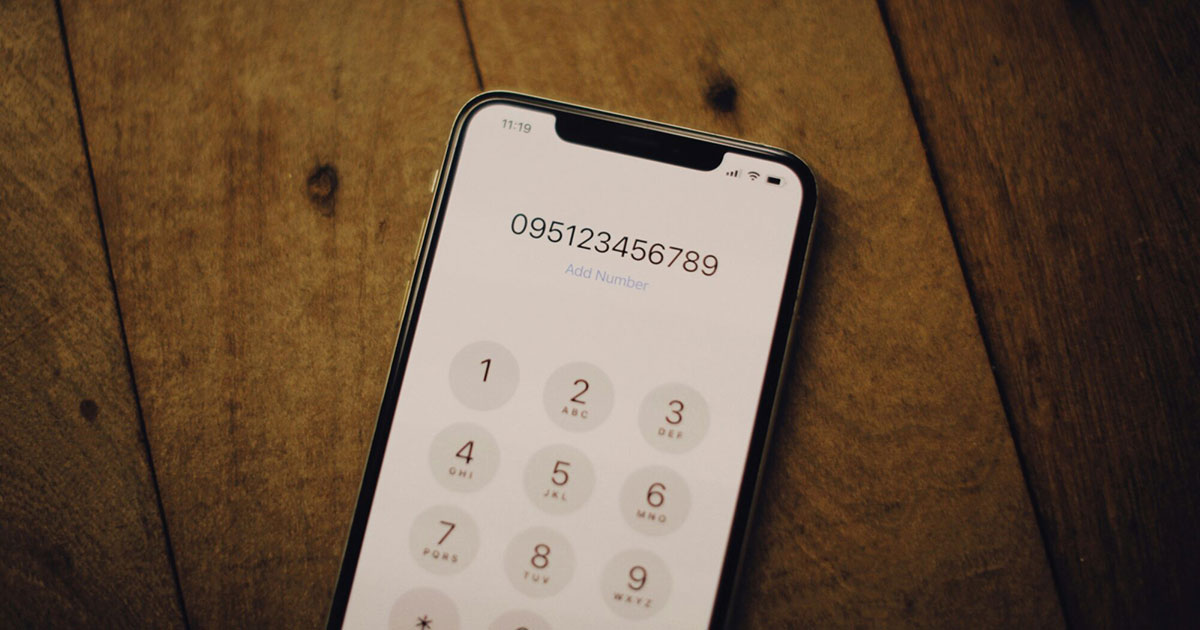Do you need to dial “1” before a phone number anymore?
In most cases, not usually! For many people, the “1” in front of a U.S. telephone number seems like a redundant and unnecessary holdover from a previous era, like typing out “http://www.” before every web address (or keeping the “the” in “thefacebook.com”).
And in most cases, cell phones have rendered obsolete the reason most people dialed “1” previously. But as an elder millennial myself who didn’t get his first cell phone until college, I remember dialing “the one.” Gather round the fire, younglings, and let me weave you a tale from The Before Times.
The Number(s) Before Area Codes Once Denoted Long-Distance
Before cell phones set us free to call our friends and loved ones anywhere in the country at the same rate, landline telephones were cursed by the old gods and bound to the earth’s petty tyranny, subject to the rules of long-distance calling.
Uh, in other words, calls outside of the area code of the phone from which you were calling would incur additional charges per minute on your bill at the end of the month.
Originally, this was done by way of human operators on switch boards manually plugging in the physical connections between different local telephone networks via relay systems. Starting in 1951 this process became automated.
How dialing “1” used to work
But back then, dialing “1” before anything else would tell the phone system that you wanted to make a long distance call to someone outside your area code. That made it listen for the full 10 digits of area code, plus a phone number, instead of just dialing out the first 7 digits it hears.
This system was originally conceived as part of the North American Numbering Plan by AT&T in the 1940s as a way to unify all the at-the-time disparate local phone networks across the US and Canada into a single, coherent system.
But eventually came mobile phones, and well, cell phones operate on their own network infrastructure. Separate from the landline telephone network’s rate centers and their deference to the rules of geography, they moot the difference between local and long-distance calls within North America.
Cell phones essentially rendered obsolete the need to dial “1” before phone numbers (at least for calls directly between cell phone networks).
What About ‘Country Codes’? How Do They Work?
However, the “1” also has another meaning: it’s the international direct dialing country code for Canada and the United States.
That’s basically the equivalent of an area code, but an order of magnitude up in scale, covering two whole countries.
How to dial with a country code
Instead of dialing “1” first, like with a long-distance call, in order to dial internationally, you must first dial “011,” which tells the system to listen for a country code, then dial a phone number of whatever length range is appropriate for the country you’re calling.
While cell phones have made long-distance calls within your country/region more or less irrelevant, international calls have picked up the mantle of still incurring extra charges from your provider, with rates varying wildly depending on your provider, plan, and type of line (certain VoIP plans don’t even allow for calls outside of Canada and the United States).
Where do country codes come from?
The international direct dialing system’s evolution mirrors and grows out of the history of long-distance dialing in North America where human operators manually made connections between systems.
The current system of world numbering zones was implemented in 1964, with each digit from “1” through “9” assigned to a major geographical region of the world (“1” for North America, “2” for Africa and Greenland (for some reason), “3” and “4” for Europe, “5” for Central and South America, etc.).
Country codes are actually further subdivided with an additional one or two digits for the particular country (as shown below). Fully automatic dialing between countries without an operator was rolled out globally by the early 1970s.
It can be easy to take global communication for granted in the era of the internet, when some days it feels like we have entirely too much communication. But these systems took decades of hard work, clever engineering, and thoughtful diplomacy to resolve all the unique problems that would come up when building infrastructure of this scale and complexity to tie the whole world together.
So next time you call someone on the other side of the world, or even just the other side of the country, take a moment to appreciate that it wasn’t possible to do that so seamlessly within living memory. We are calling from the shoulders of giants.

